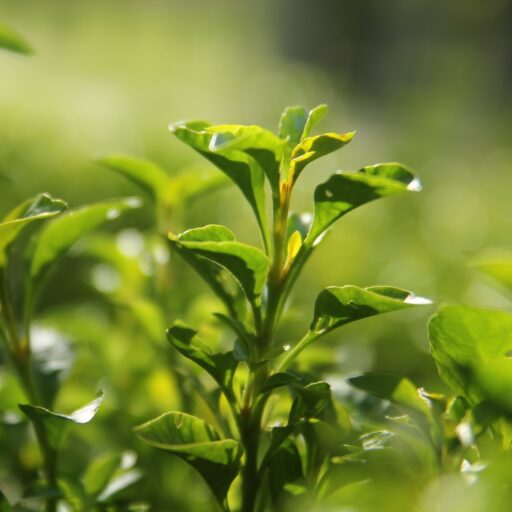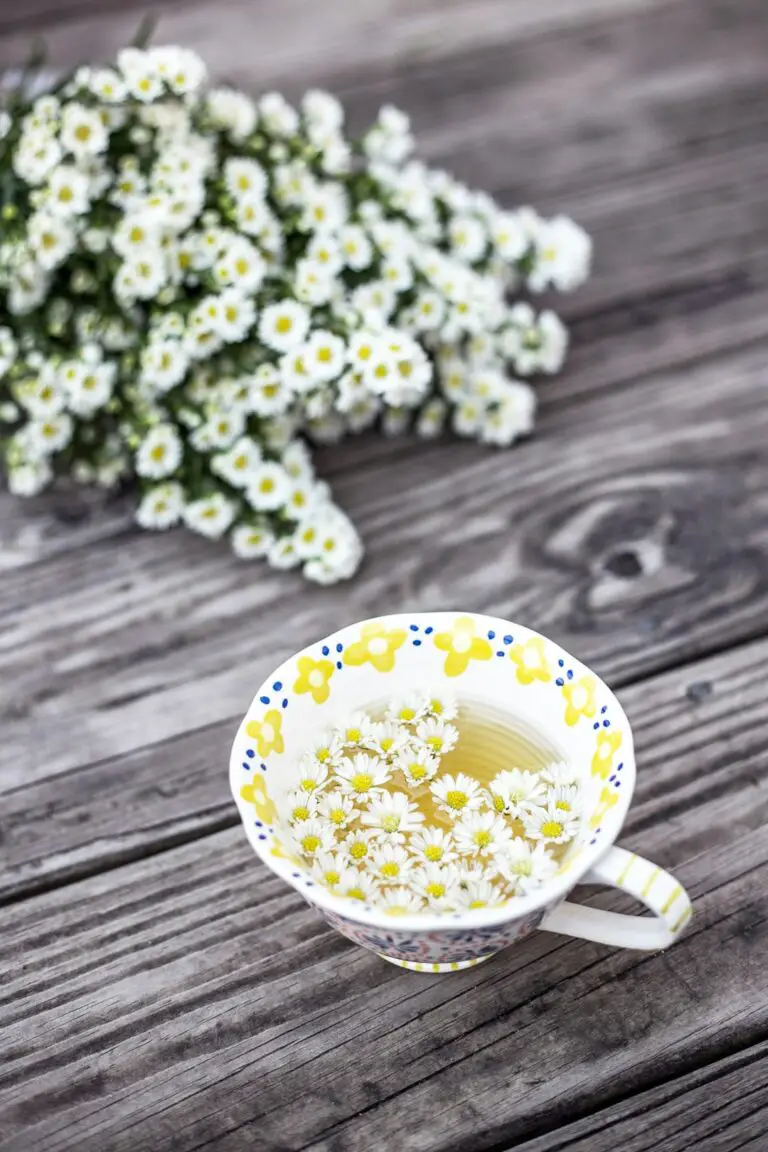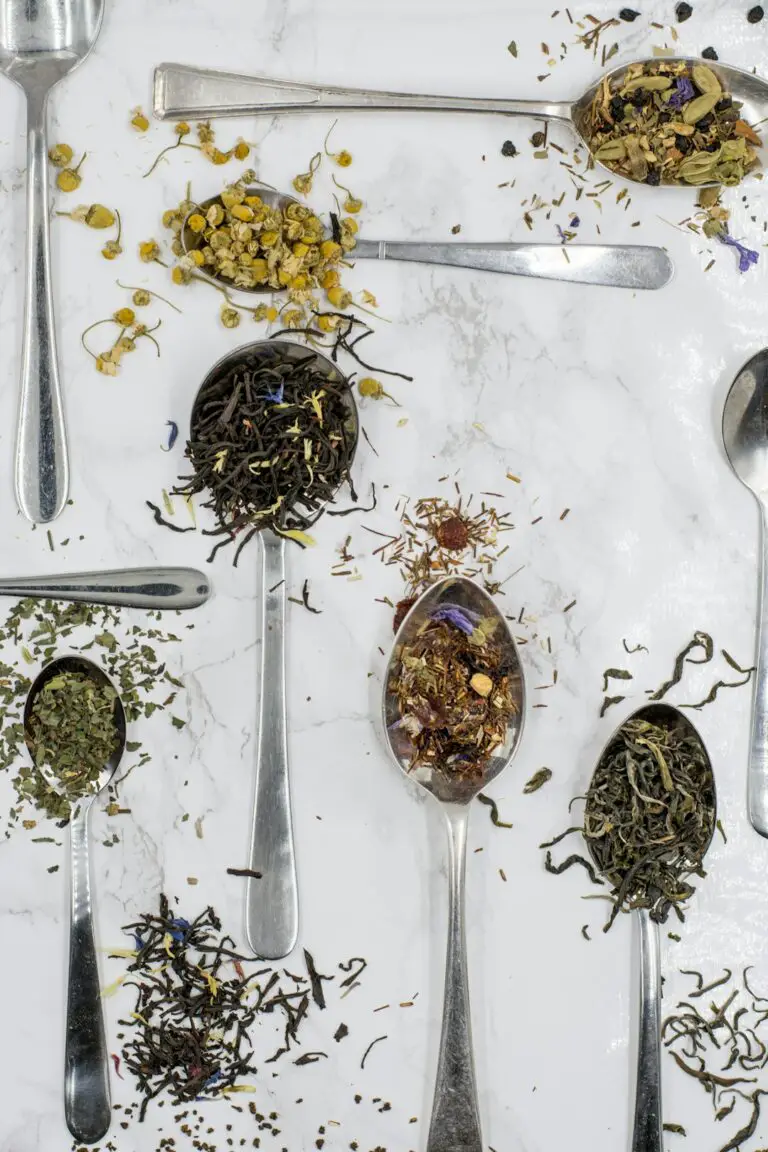Support our educational content for free when you purchase through links on our site. Learn more
Can You Grow Tea Plant from Seed? [2024]
Have you ever wondered if you can grow your own tea plant from seed? Imagine the satisfaction of sipping a cup of tea made from leaves you grew yourself. In this article, we will explore the process of growing tea plants from seed and provide you with expert advice on how to successfully cultivate your own tea garden. So grab a cup of your favorite tea and let’s dive in!
Table of Contents
- Quick Answer
- Quick Tips and Facts
- Background: The Art of Growing Tea Plants
- 1. The Availability of Tea Seeds
- 2. Tea Seed Varieties
- 3. The Germination Process
- 4. Nurturing Young Tea Plants
- 5. Transplanting Tea Plants
- 6. Caring for Mature Tea Plants
- FAQ
- Conclusion
- Recommended Links
- Reference Links
Quick Answer
Yes, you can grow tea plants from seed. It is a rewarding and fulfilling process that allows you to cultivate your own tea garden. However, it requires patience, attention to detail, and the right conditions for successful germination and growth. With the right knowledge and care, you can enjoy the satisfaction of growing your own tea plants and harvesting leaves for a delicious cup of tea.
CHECK PRICE on: Tea Seeds | Tea Seedlings | Tea Planting Supplies
Quick Tips and Facts
Before we dive into the details, here are some quick tips and facts about growing tea plants from seed:
✅ Tea seeds are available for purchase from various sources, including online retailers and specialized nurseries.
✅ There are different varieties of tea seeds, each with its own unique characteristics and flavor profiles.
✅ The germination process can take several weeks, so patience is key.
✅ Tea plants require specific growing conditions, including well-draining soil, partial shade, and a warm climate.
✅ Regular pruning and maintenance are necessary to ensure healthy growth and abundant leaf production.
Now that we have covered the basics, let’s explore the art of growing tea plants from seed in more detail.
Background: The Art of Growing Tea Plants
Tea has been cultivated for centuries, and the art of growing tea plants has been passed down through generations. From the rolling hills of China to the lush plantations of India, tea cultivation is a labor of love that requires skill, knowledge, and dedication. While commercial tea production often involves large-scale plantations, growing tea plants at home can be a rewarding and enjoyable experience.
Tea plants belong to the Camellia family, with the scientific name Camellia sinensis. They are evergreen shrubs that can reach heights of up to 6 feet or more. The leaves of the tea plant are used to produce various types of tea, including green tea, black tea, oolong tea, and white tea. Each type of tea has its own unique flavor and characteristics, making tea a diverse and fascinating beverage.
Now, let’s explore the process of growing tea plants from seed in more detail.
1. The Availability of Tea Seeds
The first step in growing tea plants from seed is to obtain tea seeds. Tea seeds are available for purchase from various sources, including online retailers and specialized nurseries. You can find a wide variety of tea seeds, each with its own unique characteristics and flavor profiles.
When purchasing tea seeds, it is important to choose a reputable supplier that offers high-quality seeds. Look for suppliers that specialize in tea plants and have a good reputation among tea enthusiasts. Freshness is also crucial, as older seeds may have a lower germination rate.
CHECK PRICE on: Tea Seeds | Tea Seedlings | Tea Planting Supplies
2. Tea Seed Varieties
Tea plants come in different varieties, each with its own unique characteristics and flavor profiles. The most common varieties of tea plants are Camellia sinensis var. sinensis and Camellia sinensis var. assamica.
Camellia sinensis var. sinensis is native to China and is known for its delicate flavor and aroma. It is commonly used to produce green tea and white tea. This variety thrives in cooler climates and is often grown at higher altitudes.
Camellia sinensis var. assamica is native to the Assam region of India and is known for its robust flavor and strong aroma. It is commonly used to produce black tea and is more tolerant of warmer climates. This variety is often grown at lower altitudes.
When choosing tea seeds, consider the climate and growing conditions in your area. Select a variety that is well-suited to your climate to increase the chances of successful growth and leaf production.
3. The Germination Process
The germination process is a crucial step in growing tea plants from seed. Here is a step-by-step guide to help you successfully germinate tea seeds:
-
Soak the seeds: Start by soaking the tea seeds in water for 24 hours. This helps to soften the outer hull and improve germination rates.
-
Prepare the planting medium: While the seeds are soaking, prepare the planting medium. Tea plants prefer well-draining soil with a slightly acidic pH. You can create a suitable planting mix by combining equal parts of peat moss, perlite, and compost.
-
Spread the seeds: After soaking, spread the tea seeds on a plastic tray or container filled with the planting medium. Make sure to space the seeds evenly and avoid overcrowding.
-
Provide moisture and sunlight: Tea seeds require constant moisture for successful germination. Keep the seeds moist by spraying them with water regularly. Place the tray in a location with full sun exposure to provide the necessary warmth for germination.
-
Monitor for cracks: As the seeds absorb moisture, they will start to develop cracks in their seed coat. This is a sign that germination is about to occur. Once the seeds have developed cracks, it’s time to plant them.
-
Plant the seeds: Bury the cracked tea seeds under 1 inch of the planting medium. Make sure to provide good drainage to prevent waterlogging, as excessive moisture can lead to rotting.
-
Provide shade and warmth: Newly planted tea seeds require a warm and partially shaded environment to encourage healthy growth. Use shade cloth rated at 80% to protect the young plants from direct sunlight. Keep the soil moderately moist, but avoid overwatering.
-
Be patient: Tea seeds can take anywhere from 4 to 8 weeks to germinate, so patience is key. During this time, continue to provide the necessary care and monitor the progress of the seedlings.
4. Nurturing Young Tea Plants
Once the tea seeds have germinated and the seedlings have emerged, it’s time to nurture and care for the young tea plants. Here are some important tips to ensure their healthy growth:
-
Provide partial shade: Young tea plants are delicate and can be easily damaged by direct sunlight. Provide partial shade or dappled light to protect them from excessive heat and sunburn.
-
Water regularly: Tea plants require regular watering to keep the soil moist but not waterlogged. Avoid overwatering, as this can lead to root rot. Use a watering can or hose with a gentle spray to water the plants.
-
Fertilize appropriately: Tea plants benefit from regular fertilization to promote healthy growth and leaf production. Use a balanced fertilizer specifically formulated for acid-loving plants. Follow the manufacturer’s instructions for application rates and frequency.
-
Prune for shape and density: As the tea plants grow, it is important to prune them regularly to maintain their shape and density. Pruning helps to promote branching and encourages the growth of new leaves. Use clean and sharp pruning shears to avoid damaging the plants.
5. Transplanting Tea Plants
As the tea plants grow and develop, they will eventually outgrow their containers and need to be transplanted into larger pots or directly into the ground. Here are some tips for successful transplanting:
-
Choose the right time: Transplant tea plants during the spring or early summer when the weather is warm and the plants are actively growing. Avoid transplanting during periods of extreme heat or cold.
-
Prepare the planting site: If transplanting into the ground, choose a location with well-draining soil and partial shade. Prepare the planting hole by loosening the soil and adding organic matter such as compost or well-rotted manure.
-
Handle with care: When removing the tea plants from their containers, be gentle to avoid damaging the roots. Hold the plant by the base of the stem and carefully loosen the root ball.
-
Plant at the same depth: When transplanting, make sure to plant the tea plants at the same depth as they were in their original containers. This helps to prevent stem rot and encourages healthy root development.
-
Water thoroughly: After transplanting, water the tea plants thoroughly to settle the soil and remove any air pockets around the roots. Continue to water regularly to keep the soil moist but not waterlogged.
6. Caring for Mature Tea Plants
Once your tea plants have reached maturity, they will require ongoing care and maintenance to ensure healthy growth and abundant leaf production. Here are some important tips for caring for mature tea plants:
-
Prune regularly: Regular pruning is essential to maintain the shape and density of the tea plants. Prune back any overgrown or leggy branches to encourage new growth and prevent overcrowding.
-
Harvest leaves selectively: When harvesting tea leaves, selectively pluck the young and tender leaves from the top of the plant. This encourages new growth and ensures a continuous supply of fresh leaves.
-
Protect from extreme weather: Tea plants are sensitive to extreme weather conditions, including frost and high temperatures. Provide protection during periods of extreme cold or heat to prevent damage to the plants.
-
Monitor for pests and diseases: Tea plants can be susceptible to pests and diseases, including aphids, mites, and fungal infections. Regularly inspect the plants for any signs of infestation or disease and take appropriate measures to control them.
-
Fertilize regularly: Mature tea plants benefit from regular fertilization to maintain their health and vigor. Use a balanced fertilizer specifically formulated for acid-loving plants and follow the manufacturer’s instructions for application rates and frequency.
By following these care guidelines, you can enjoy the beauty and bounty of your own tea garden for years to come.
FAQ
How long does tea take to grow from seed?
Tea plants take time to grow from seed. The germination process can take anywhere from 4 to 8 weeks, depending on the variety and growing conditions. After germination, it takes several years for the tea plants to reach maturity and produce leaves suitable for harvesting.
Read more about “Matcha Seeds for Sale …”
How do you propagate tea from seed?
To propagate tea plants from seed, follow these steps:
- Soak the seeds in water for 24 hours to soften the outer hull.
- Spread the seeds on a plastic tray in full sun and keep them constantly moist with frequent sprays of water.
- Plant seeds that have developed a crack in their seed coat, burying them under 2.5 cms of medium with good drainage.
- Keep newly planted seeds under shade (shade cloth rated 80%) in a warm environment and moderately moist.
- Under ideal conditions, the tea seeds will germinate in 4-8 weeks.
Are tea plants easy to grow?
While growing tea plants from seed requires attention to detail and specific growing conditions, they can be grown successfully with the right knowledge and care. Tea plants thrive in well-draining soil, partial shade, and a warm climate. With patience and dedication, you can enjoy the satisfaction of growing your own tea plants.
Read more about “How Long Does a Tea Plant Take to Grow from Seed? …”
How do you propagate tea plants?
Tea plants can be propagated through various methods, including seed propagation, cutting propagation, and air layering. Seed propagation is the most common method for home gardeners. Cuttings can also be taken from mature tea plants and rooted to produce new plants. Air layering involves creating a root system on a branch while it is still attached to the parent plant.
Read more about “… Tea Plants for Sale: Your Complete Guide to Growing Your Own Cup of Bliss”
Conclusion
Growing tea plants from seed is a rewarding and fulfilling experience that allows you to cultivate your own tea garden. While it requires patience, attention to detail, and the right growing conditions, the end result is well worth the effort. From the germination process to nurturing young plants and caring for mature tea plants, each step is an opportunity to connect with nature and enjoy the beauty of tea cultivation.
So why not embark on this tea-growing adventure and experience the joy of sipping a cup of tea made from leaves you grew yourself? Start by obtaining high-quality tea seeds, choose the right variety for your climate, and follow the germination and care guidelines we have provided. With dedication and a love for tea, you can create your own tea oasis and enjoy the fruits of your labor for years to come.
Recommended Links:
- Green Tea Cultivation
- Herbal Tea Planting
- Tea Plant Varieties
- Soil and Climate for Tea
- Matcha Seeds for Sale 2024
Reference Links:






